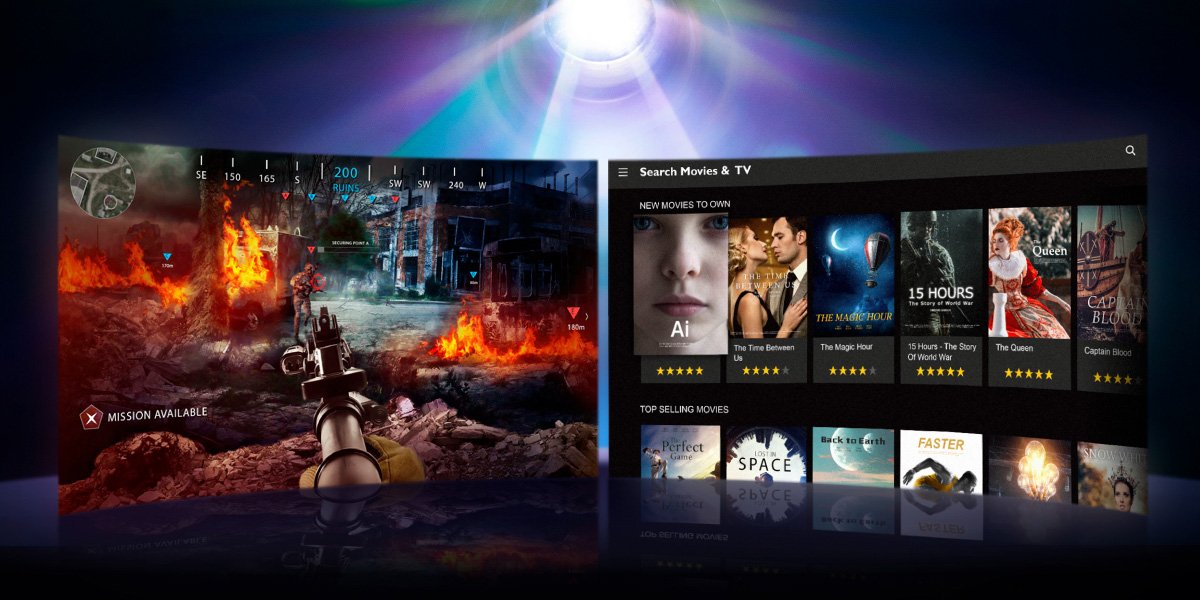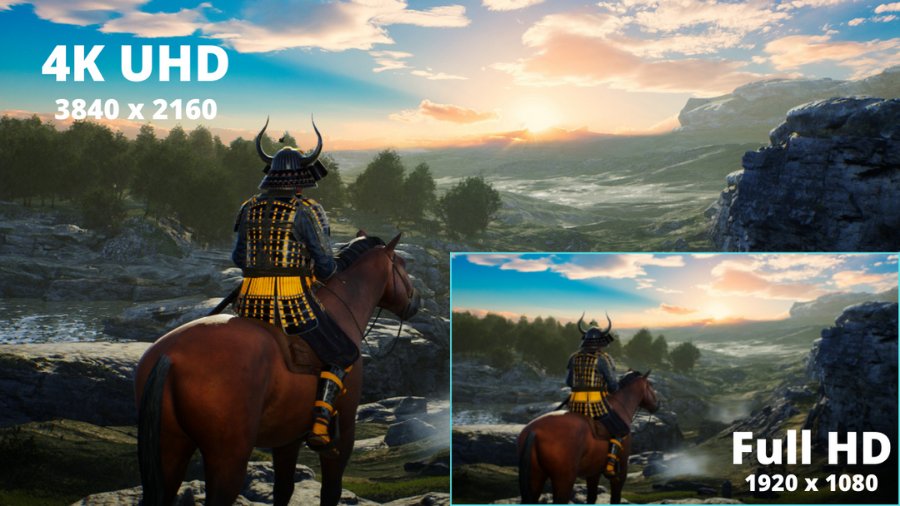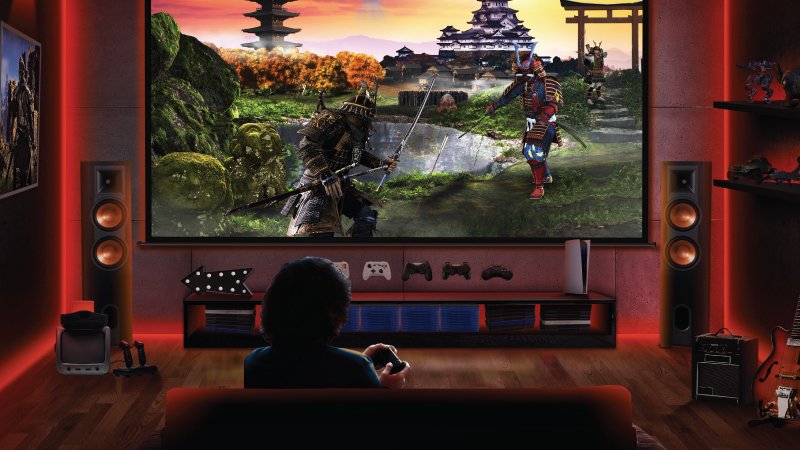Regarding brightness: at 3000 ANSI lumens, good LED projectors match or exceed the brightness of quality flat screen TVs. That means you can enjoy viewing content in a variety of lighting conditions, from dimly lit basements to well lit living rooms during the day, and image quality doesn’t suffer.
LED projectors have better brightness output and consistency than traditional lamp-based projectors, which were designed for movie theater-like environments, as in very dark. Older projectors offer displays that suffer even in mild ambient lighting, so they’re not very versatile. LED projection technology overcomes this limitation. LED projectors deliver higher color saturation, and that contributes to the overall perception of their brightness compared to lamp-based projectors. With LED assemblies, light and color are more closely linked and power each other, so to speak. The net result is a far more vivid image with more intense colors, and therefore increased clarity in different lighting conditions.
About wide color gamut: in LED projectors there’s far less separation between the light source and color generation, as the RGB elements are intertwined with the LED assembly. That’s very different from older designs, where a distinct lamp pours light onto an RGB color wheel. Due to simple physics, this means LED projectors deliver a wider color gamut and as mentioned above, much more intense and accurate colors that are equal or better than top-shelf flat screen TVs.
Color contrast gains a big boost thanks to this design, which in turn lends itself superbly to HDR content. This covers everything from streaming apps to 4K HDR Blu-rays and modern console gaming. The PS5 and Xbox Series consoles all look best in 4K HDR, and detailed graphics require color accuracy, brightness, and high contrast to look their best. LED projectors provide all of that. Regarding wide color gamut, the BenQ X3000i covers 100% of the considerably wider DCI-P3 color space specification thanks to a precision color filtering and projection technology.
Instant On and Off: this may sound like a trivial point, but it really isn’t. LED projectors offer the same quick response you get with TVs, turning on and off with almost no delay. That’s different from lamp projectors, which require a relatively long warm up and cool down sequence, often over 30 seconds long. LED projectors require a couple of second each way, just like your TV.
Longer Lifespan and Color Consistency: the older lamp-based technology that powers traditional projectors doesn’t age too well. The lamp deteriorates over time just like a light bulb, resulting in reduced brightness and faded colors after just a couple years of use. LED projectors correct these shortcomings. While lamp projectors need costly lamp swaps for every 2000-5000 hours of use, LED projectors easily give you 20,000 hours with no color or brightness decay with all settings on max, and 30,000 hours in the less demanding ECO mode. Considering that a 65” LED/OLED TV lasts around 40,000 hours but offers half the screen size, LED projectors (which cost roughly the same as a TV) offer spectacular value. Not just per screen inch, but per hour of usage as well.
Reduced Eye Strain: like all self-illuminated screens, including monitors, tablets, and smartphones, TVs emit considerable levels of blue light. As we all know by now, blue light isn’t very compatible with our eyes and over time induces headaches, eye fatigue, and even eye sight issues. All projectors avoid blue light since they’re built around indirect illumination. The light that bounces back from the wall or screen into your eyes is far more gentle and easier to watch for longer periods of time. Just think about it, when was the last time you had tired eyes from sitting in a movie theater? The answer is likely never! Projectors are the same, and for serious movie and gaming hobbyists that’s a factor worth considering.




